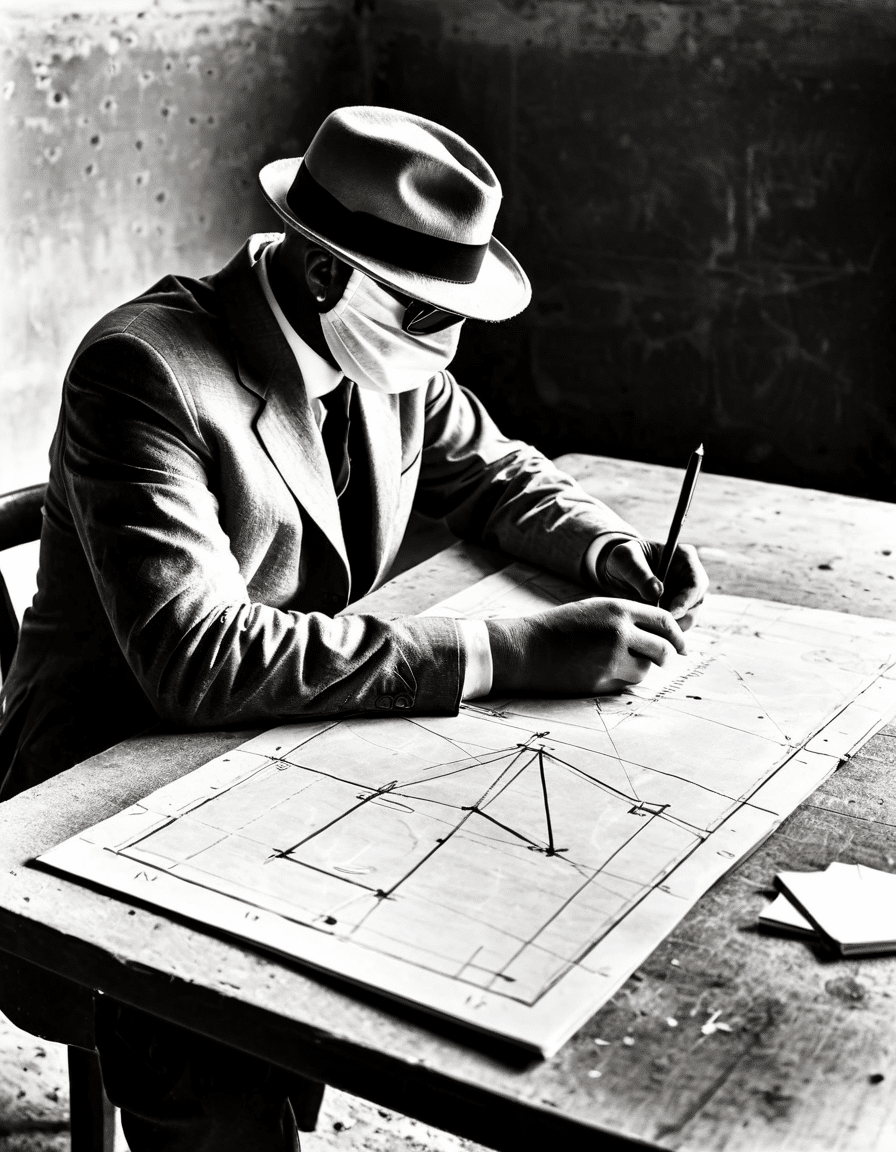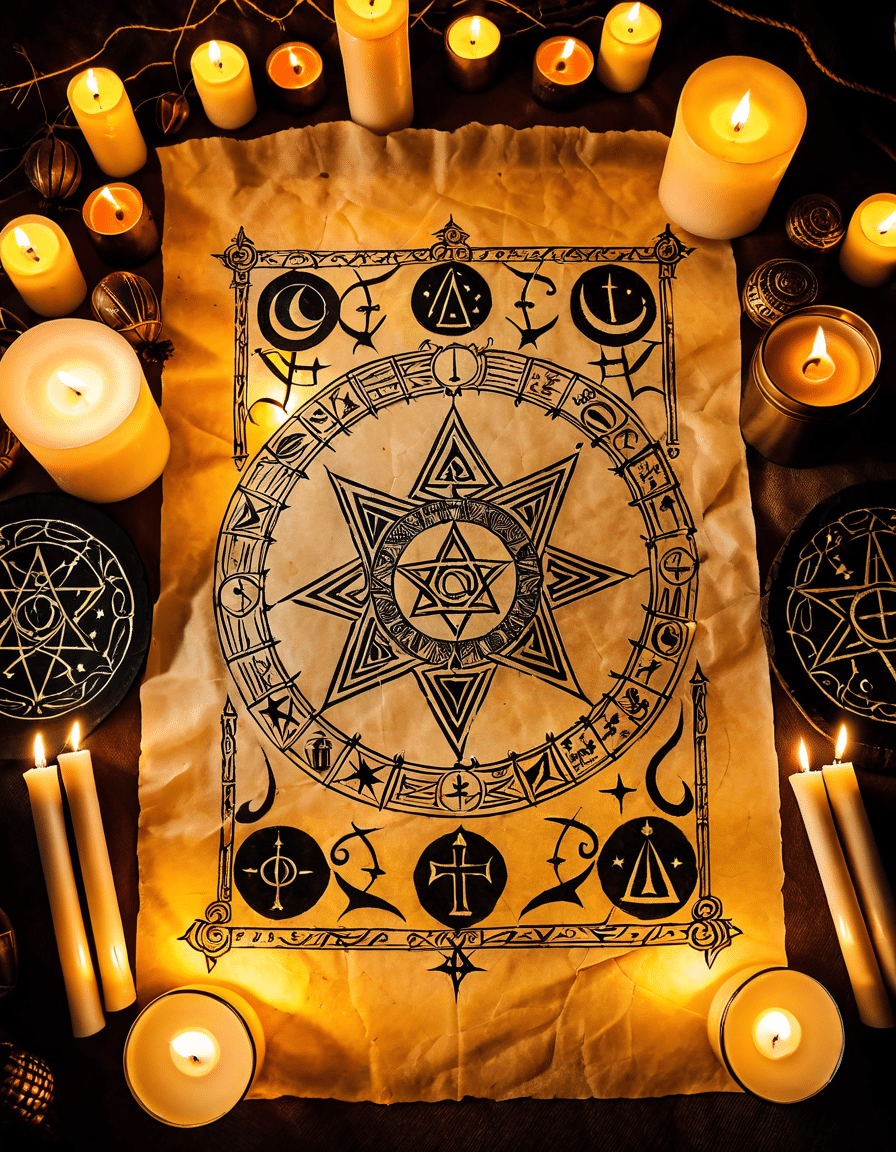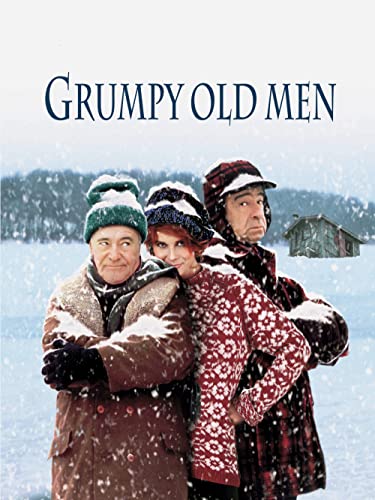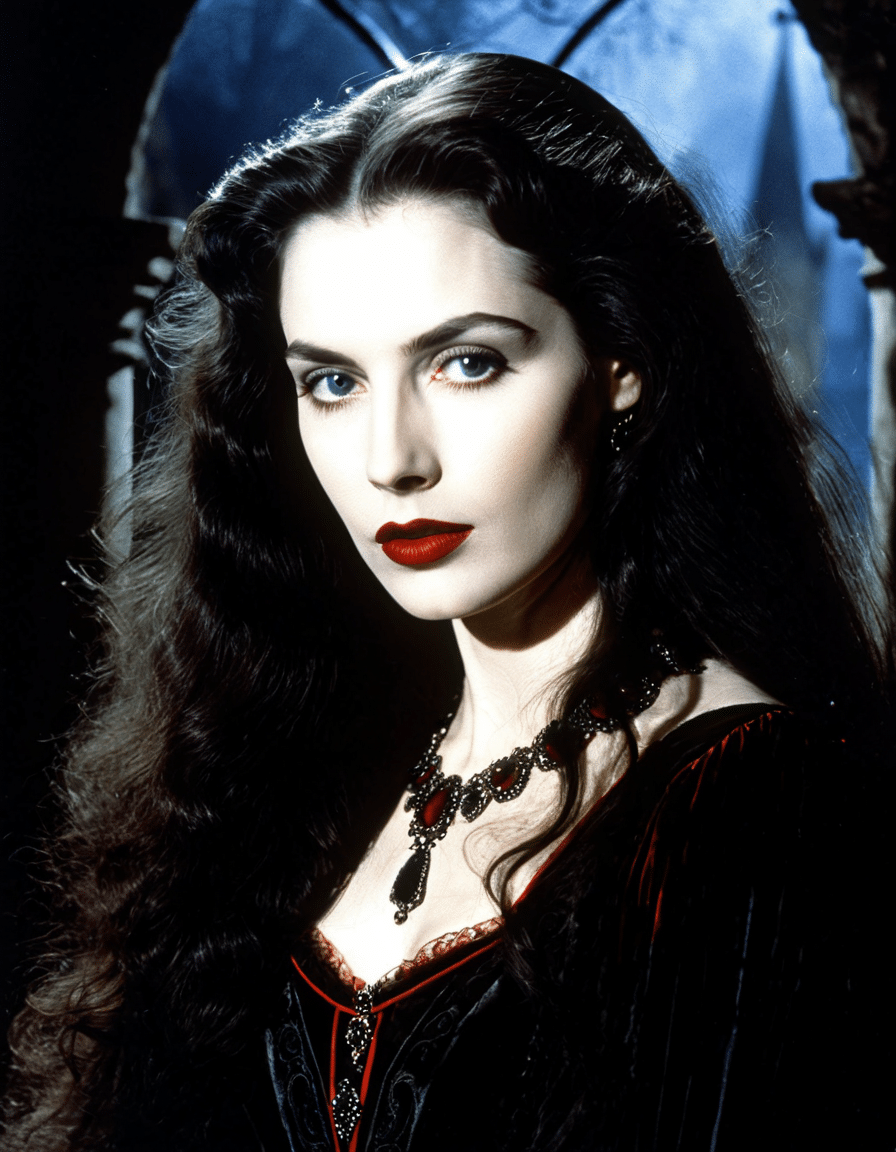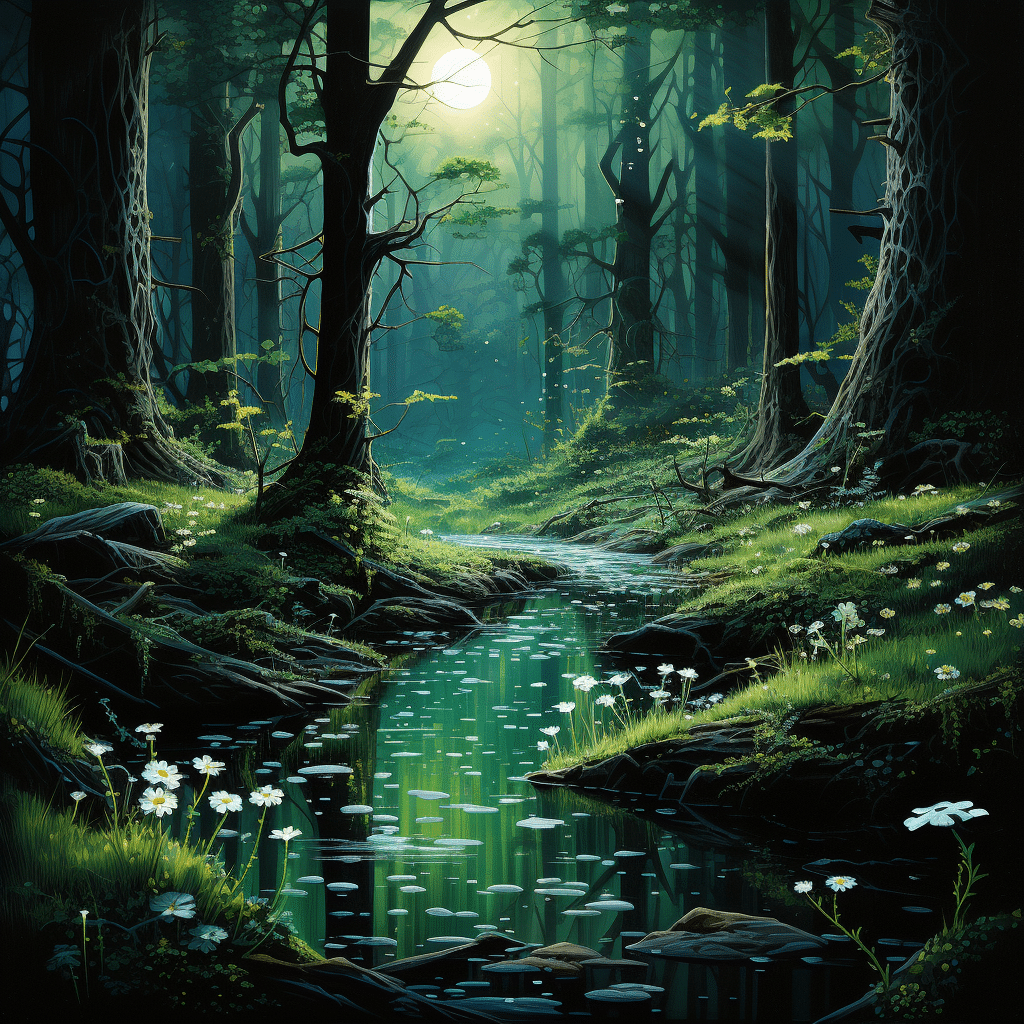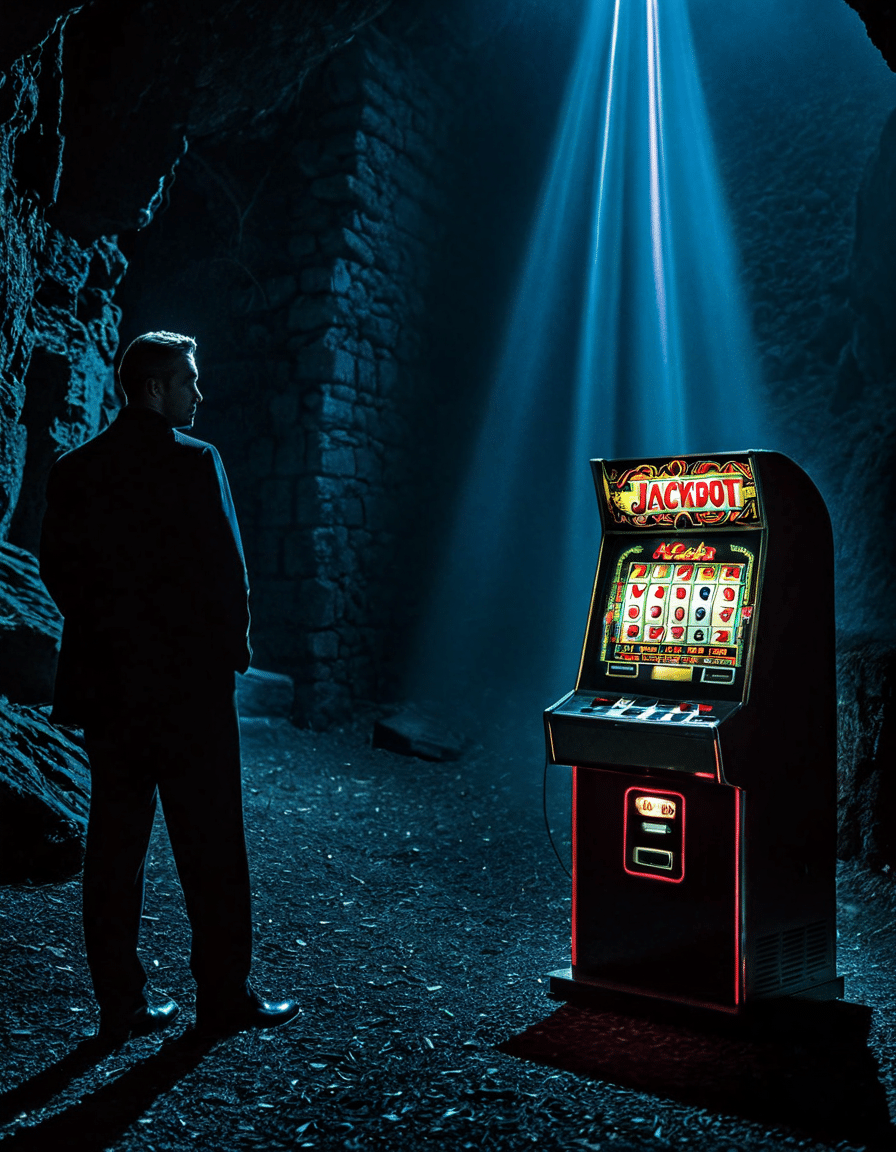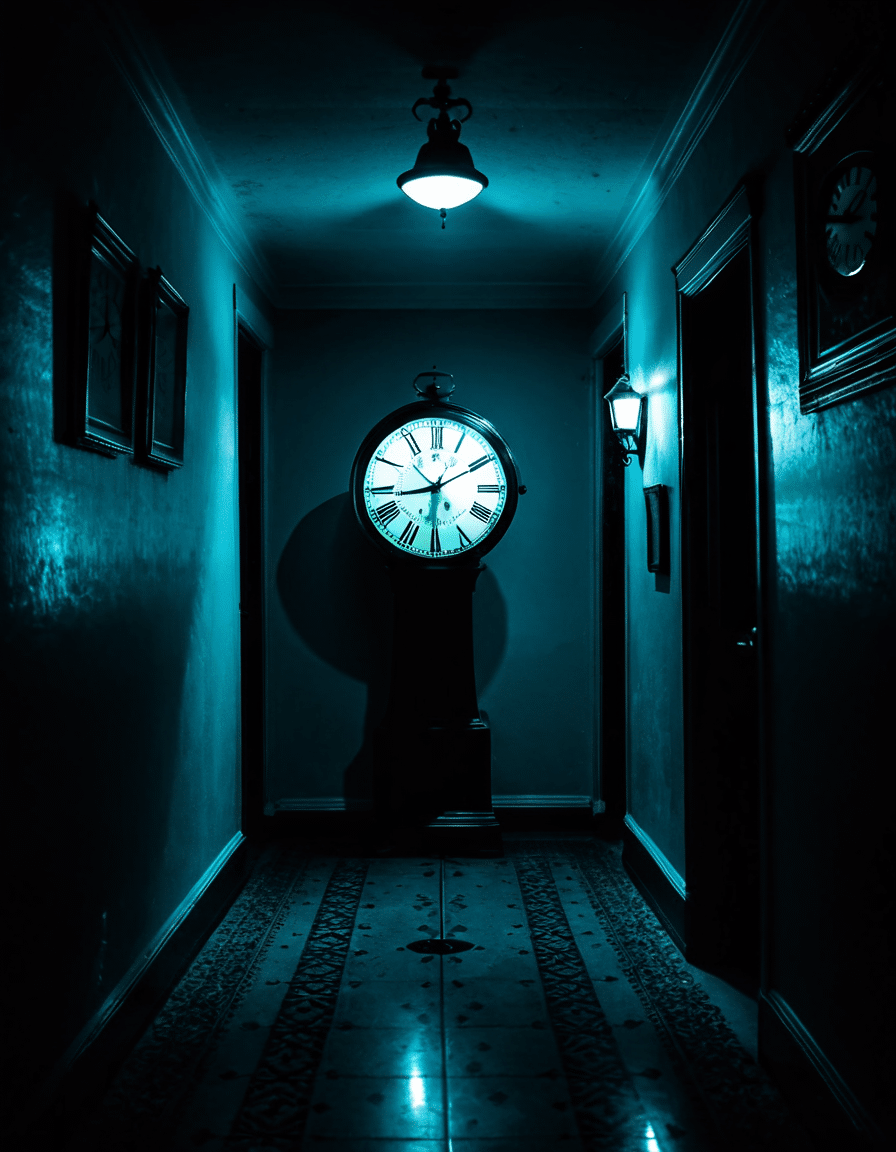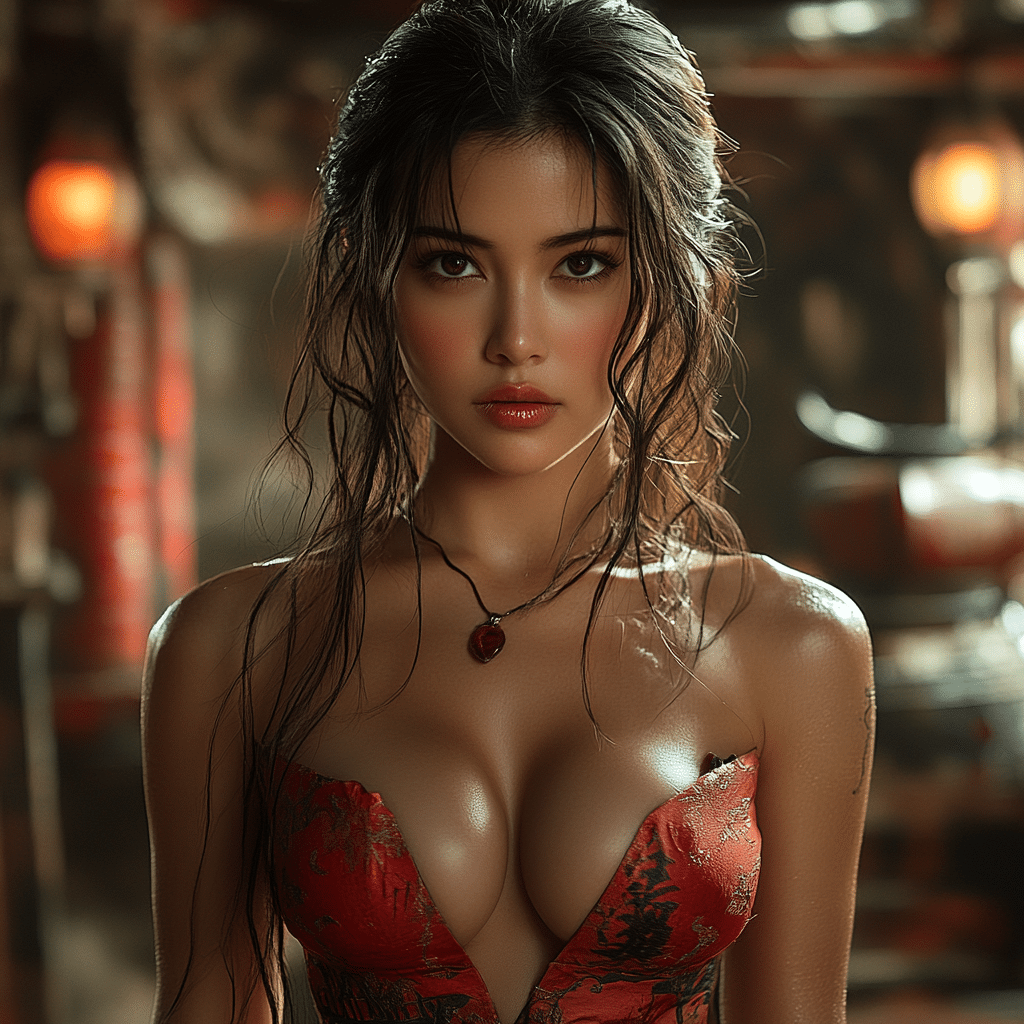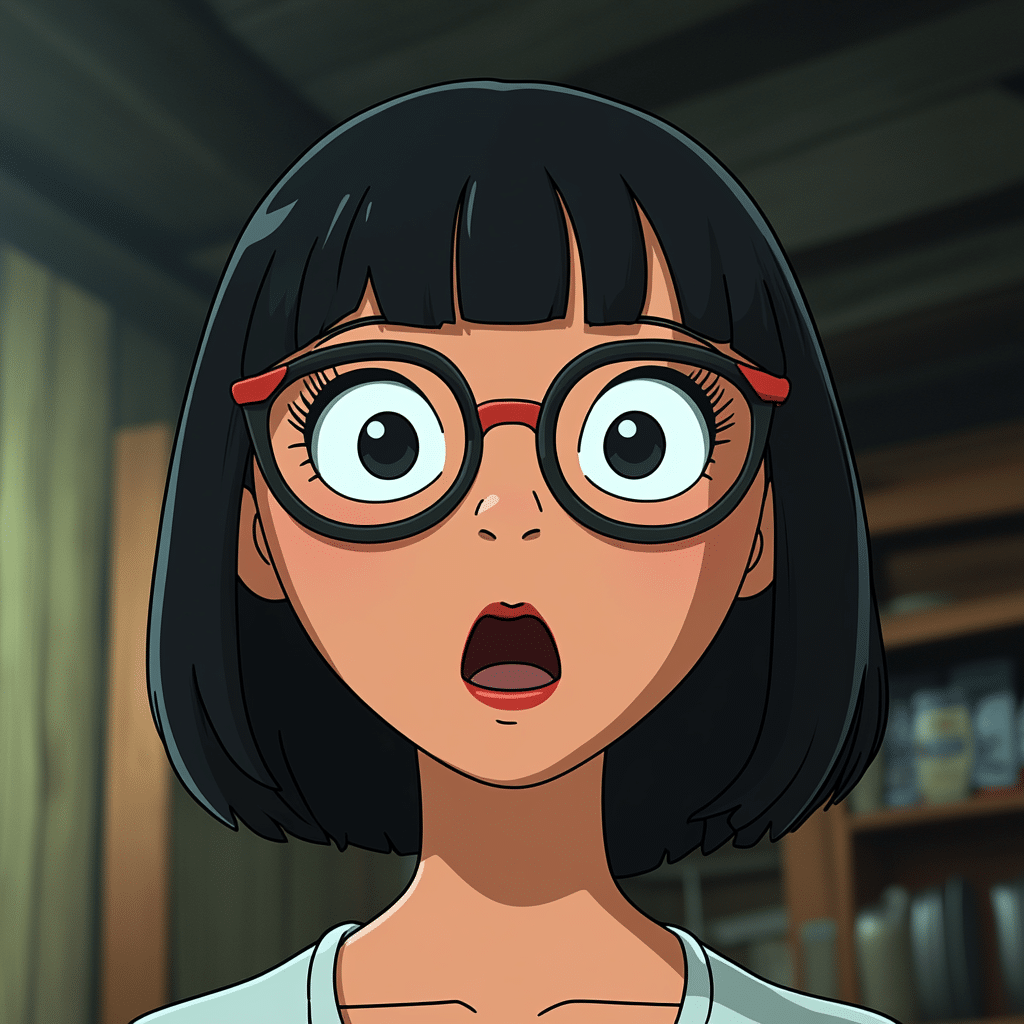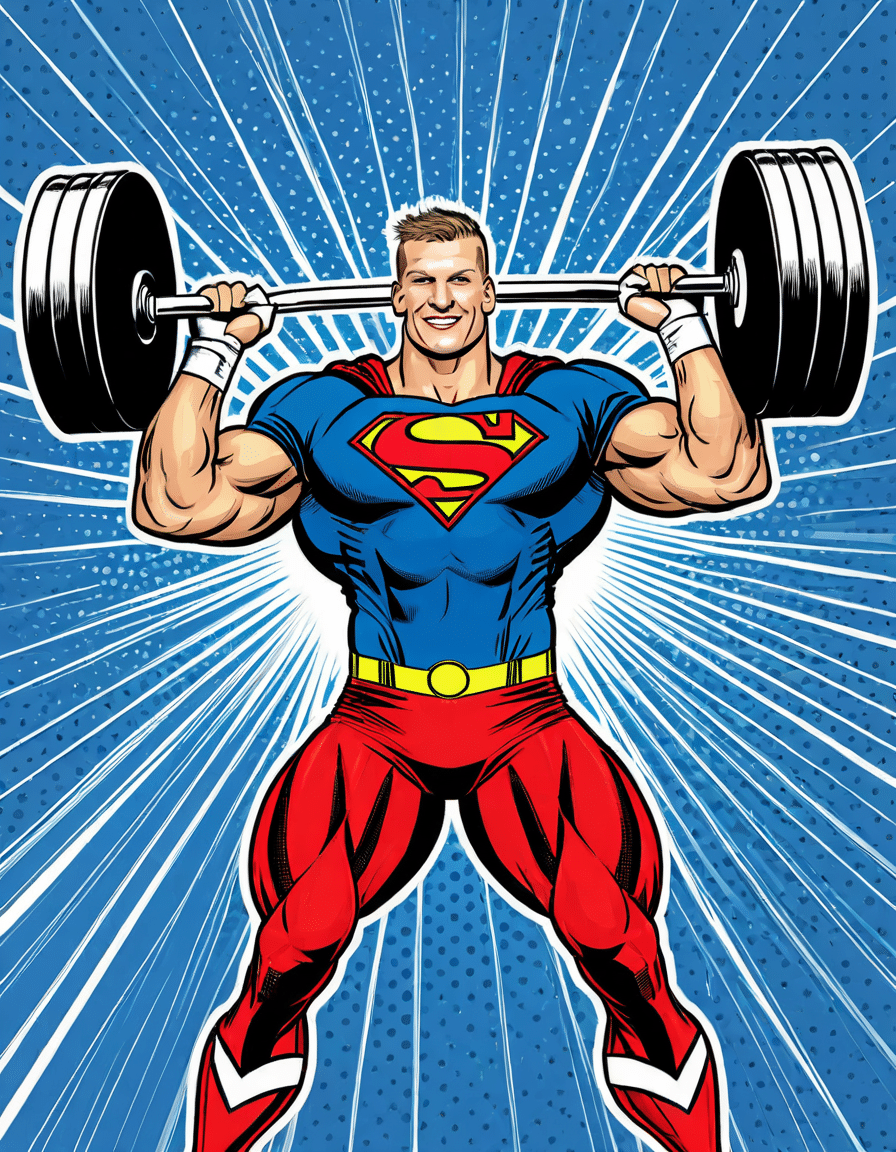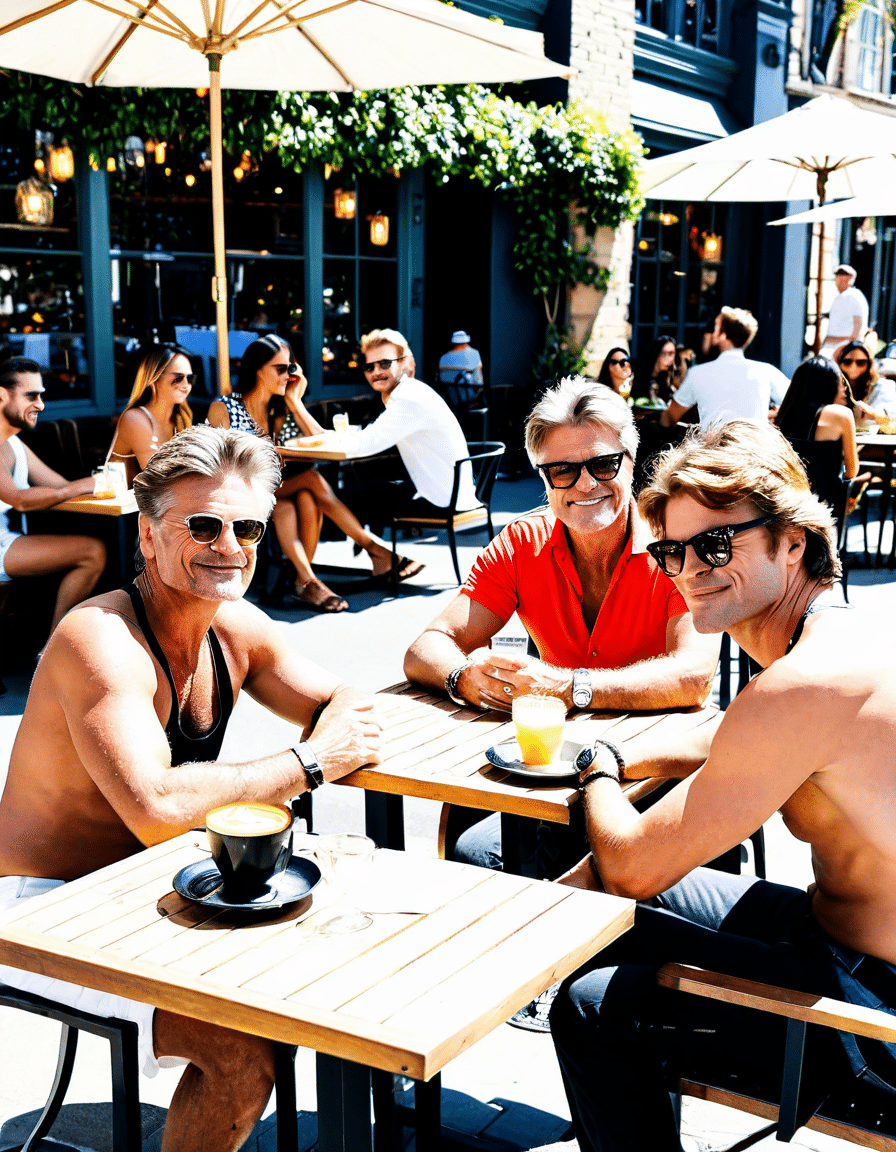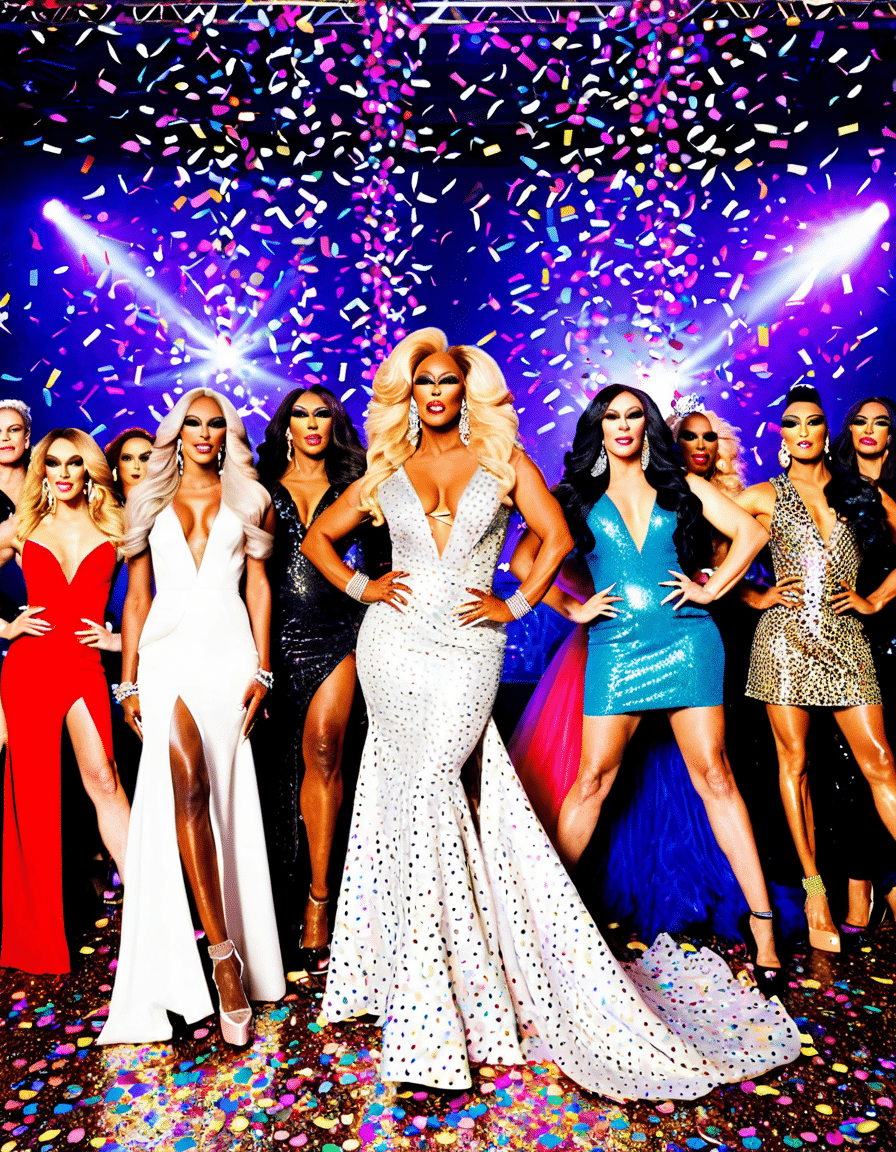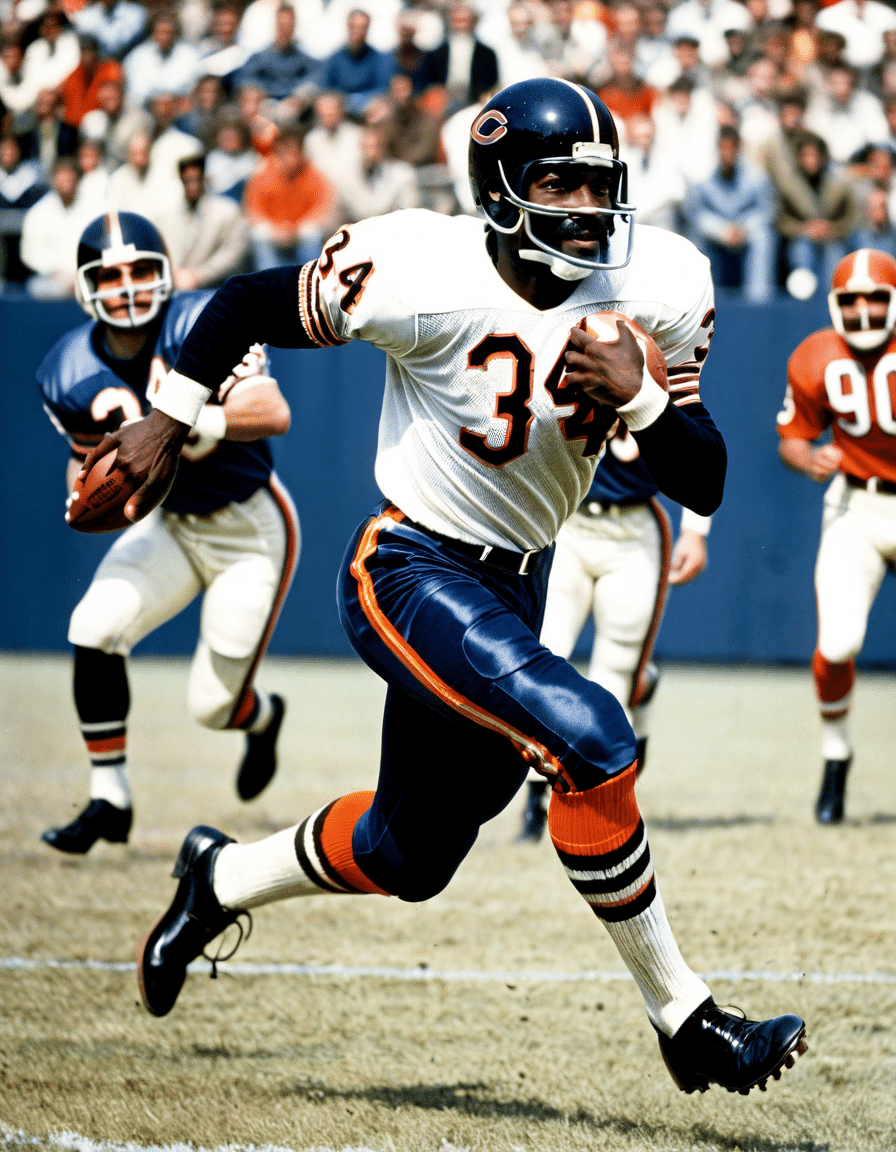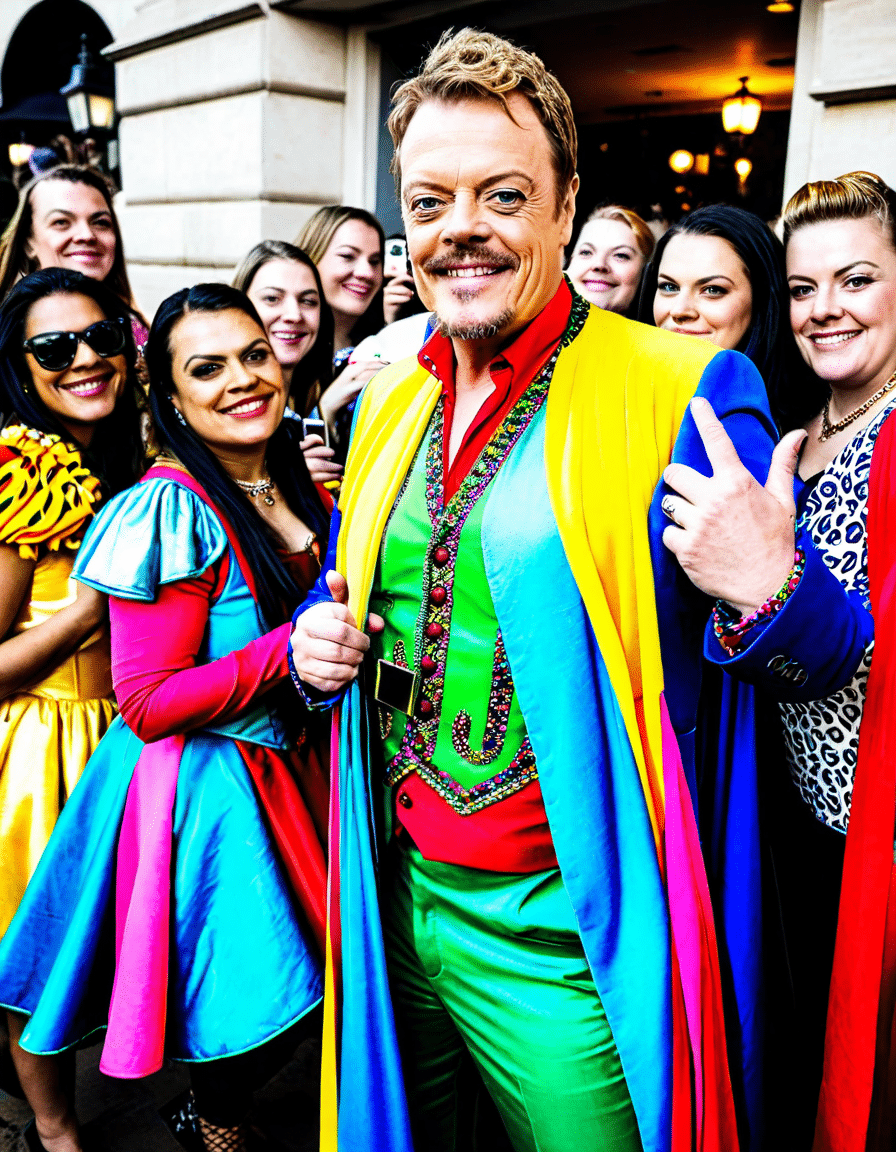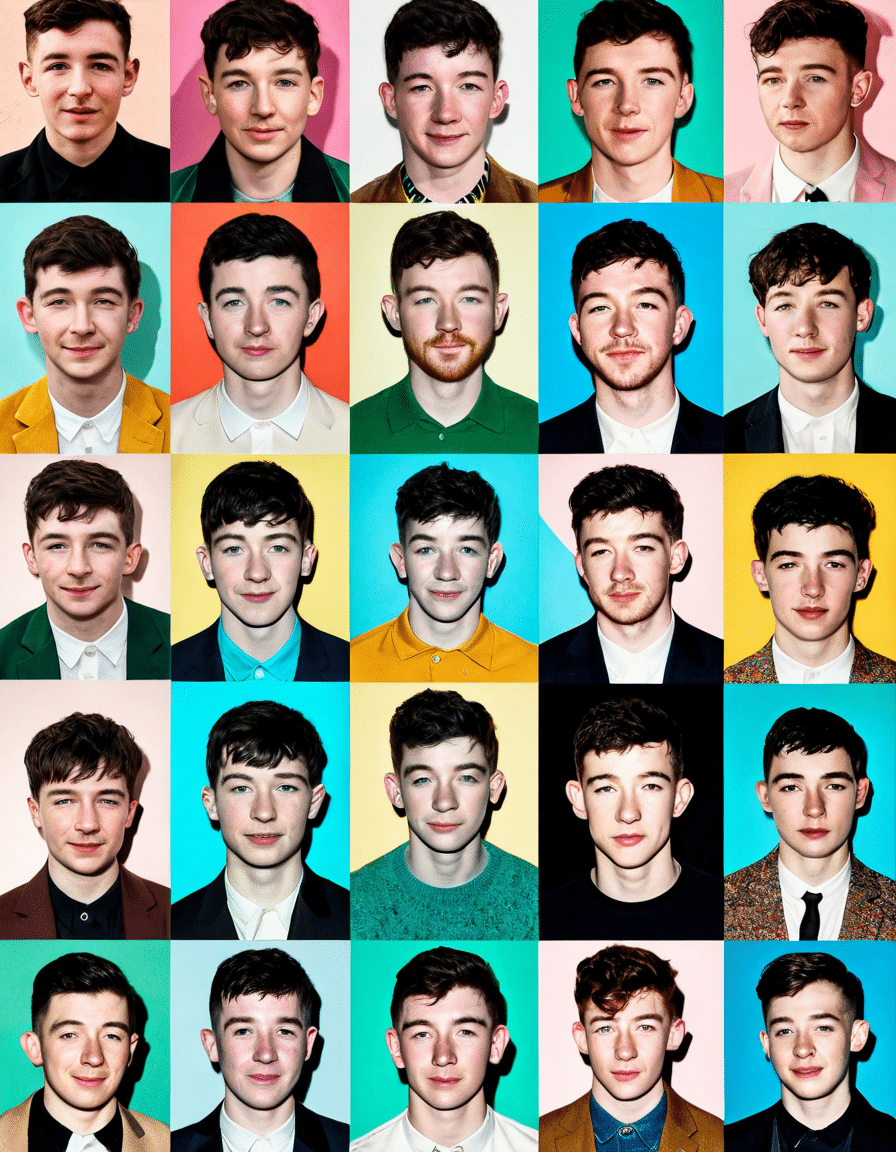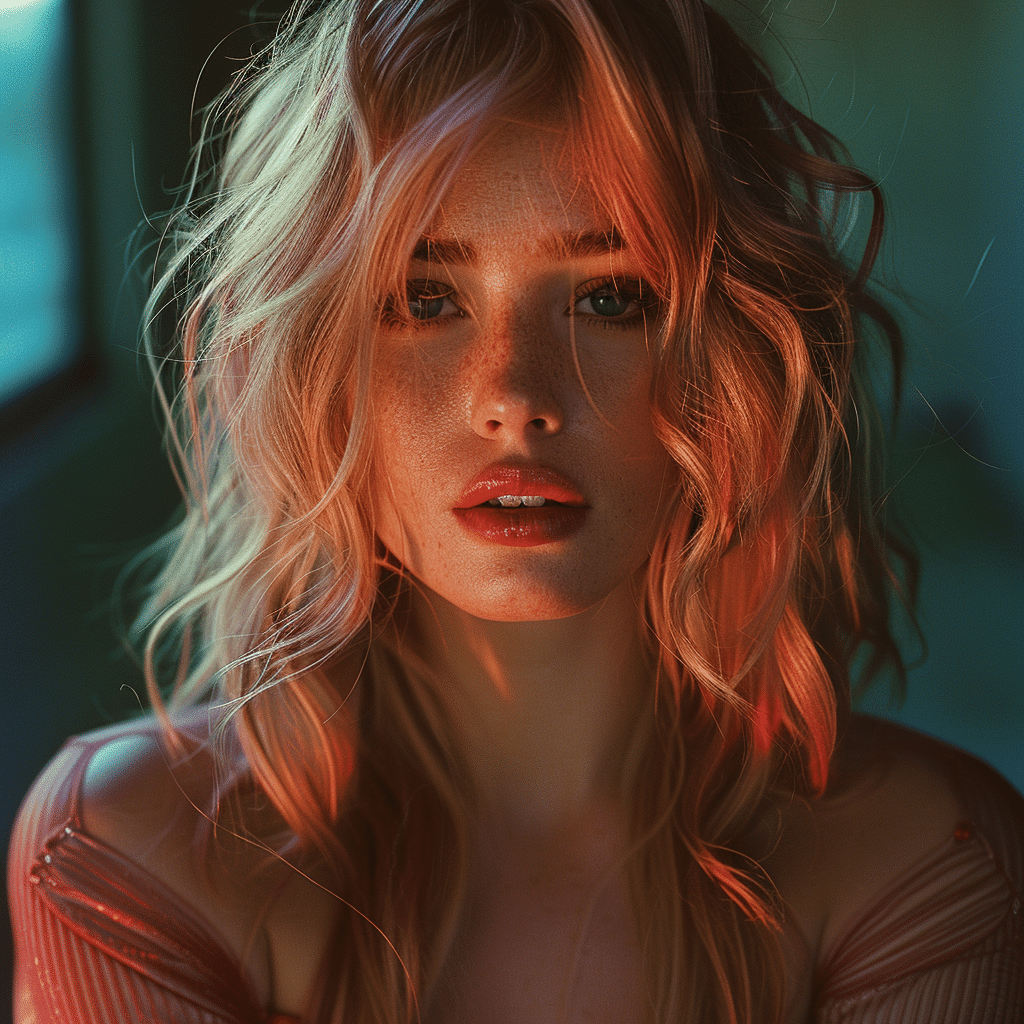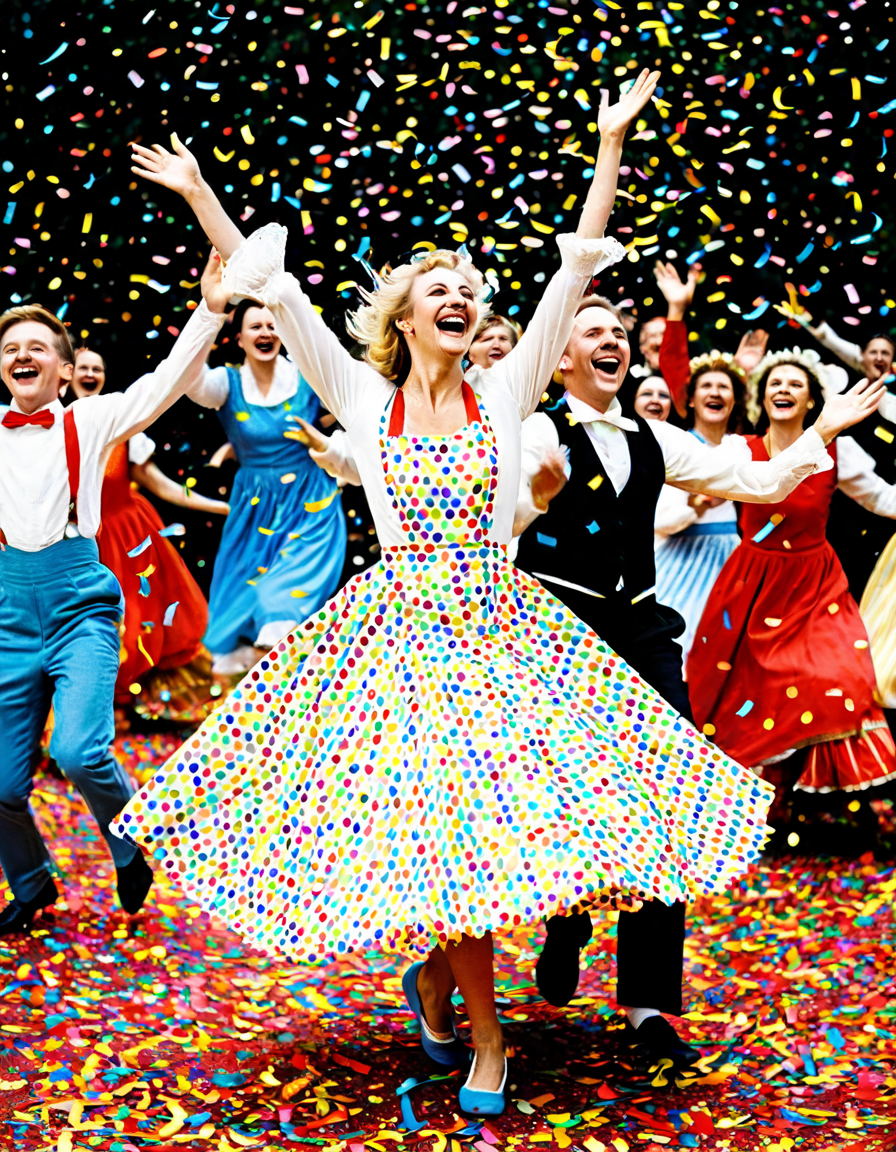When it comes to animated films, few have the same ability to ensnare the heart and mind like Jack and the Cuckoo Clock Heart. This isn’t just another cotton candy love story filled with sunshine and rainbows. Nope. Instead, it takes us on a gothic journey through a steampunk-inspired world that explores the raw, sometimes ugly, facets of love and obsession. At the center of it all is Jack, a boy with a clock for a heart, born on the coldest day in history. As you dive into this cinematic gem, prepare to embrace a narrative that intertwines both love and darkness in a way that resonates powerfully.
Exploring the Themes in Jack and the Cuckoo Clock Heart
From the get-go, Jack and the Cuckoo Clock Heart showcases that it’s not just about the whimsical animations but rather about some serious themes we often brush under the carpet. The stark contrast between love as a gentle warmth and a destructive force is embodied in Jack’s mechanical heart. With his cuckoo heart ticking away merrily, it’s a constant reminder of the fragile line between life and death, joy and sorrow. It symbolizes not just the heartbeat of romance, but also the inevitability of heartache.
The film highlights obsession and the lengths we’ll go to for love. Jack, in his pursuit of the enchanting Miss Acacia, ignores the signs and potential pitfalls of his infatuation. Despite daydreaming of a perfect life together, Jack’s vision is polluted by his fantasies, stirring the audience to contemplate the true nature of desire. It asks us whether love can sometimes cloud our judgment, even pushing us to the edge, much like Jack’s final choices.
What’s especially captivating is how the film cleverly presents love as a double-edged sword. On one side, it promises joy and fulfillment; on the other, it can lead to despair and obsession. It cuts deep, and just like a well-secured cuckoo clock, the ticking serves as a reminder that time waits for no one, turning every tick into a potential heartbreak.
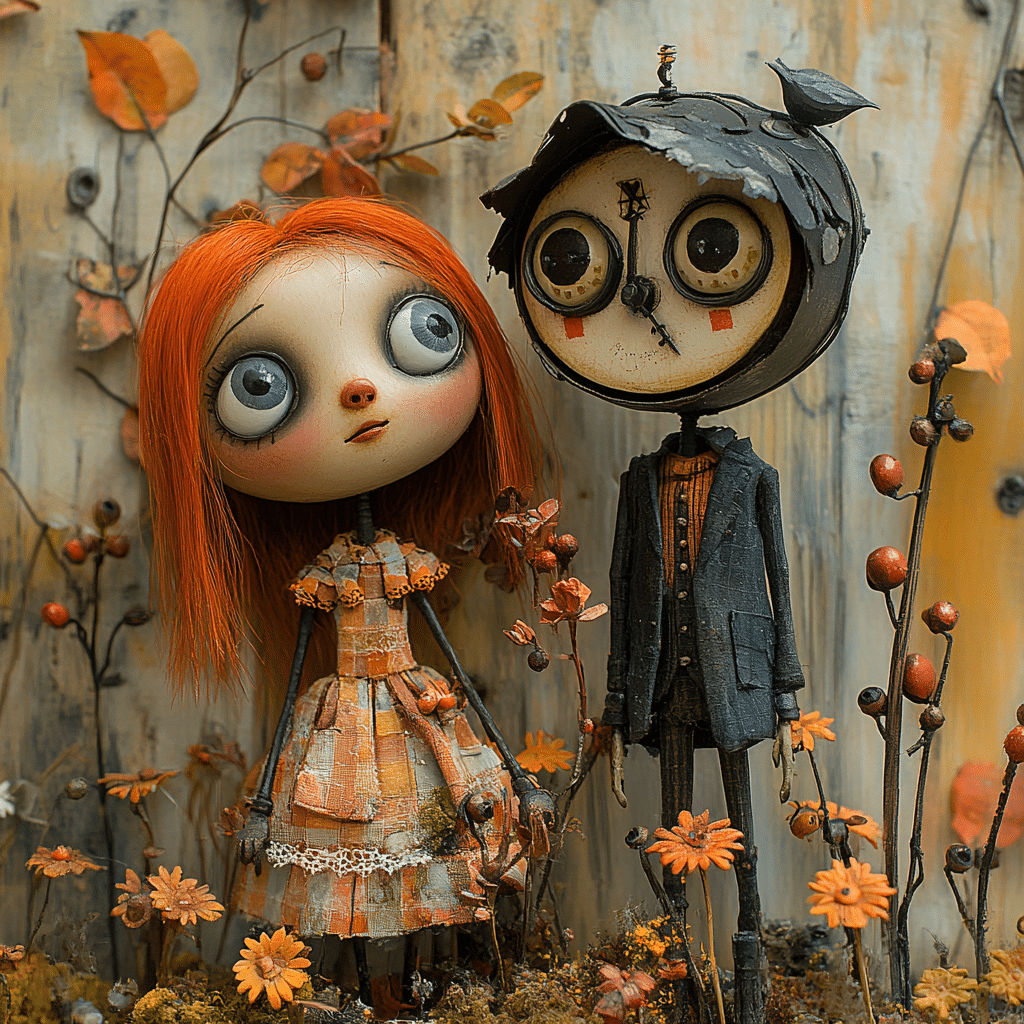
Jack’s Complex Character: The Boys Firecracker of the Narrative
Jack is, without a doubt, the quintessential “bad boy” that captures the hearts of many. His rebelliousness and stubborn charm draw comparisons to modern-day icons like Timothée Chalamet’s Elio in Call Me by Your Name. Much like a firecracker, he brings excitement, unpredictability, and yes, a touch of danger to the narrative. Watching him try to win over Miss Acacia is akin to riding a rollercoaster—an exhilarating ride that also leaves you feeling uneasy.
As we dive deeper into Jack’s psyche, we notice layers upon layers of emotional complexity. He’s not just some lovesick kid; rather, he struggles with his mechanical heart and the societal expectations that come from living in a steampunk world. Jack’s journey embodies the growing pains we all experience while chasing love, making him an endearing yet flawed protagonist. You can’t help but cheer for him, even when he makes some questionable decisions.
Then there’s Miss Acacia. She’s not just a mere damsel in distress; her character serves as a beacon of light and a source of conflict in Jack’s life. Their relationship encapsulates the ups and downs of romance, showing both the beauty and turbulence that arises when two people come together. Together, they draw viewers into their whirlwind of passionate encounters and heart-wrenching decisions.
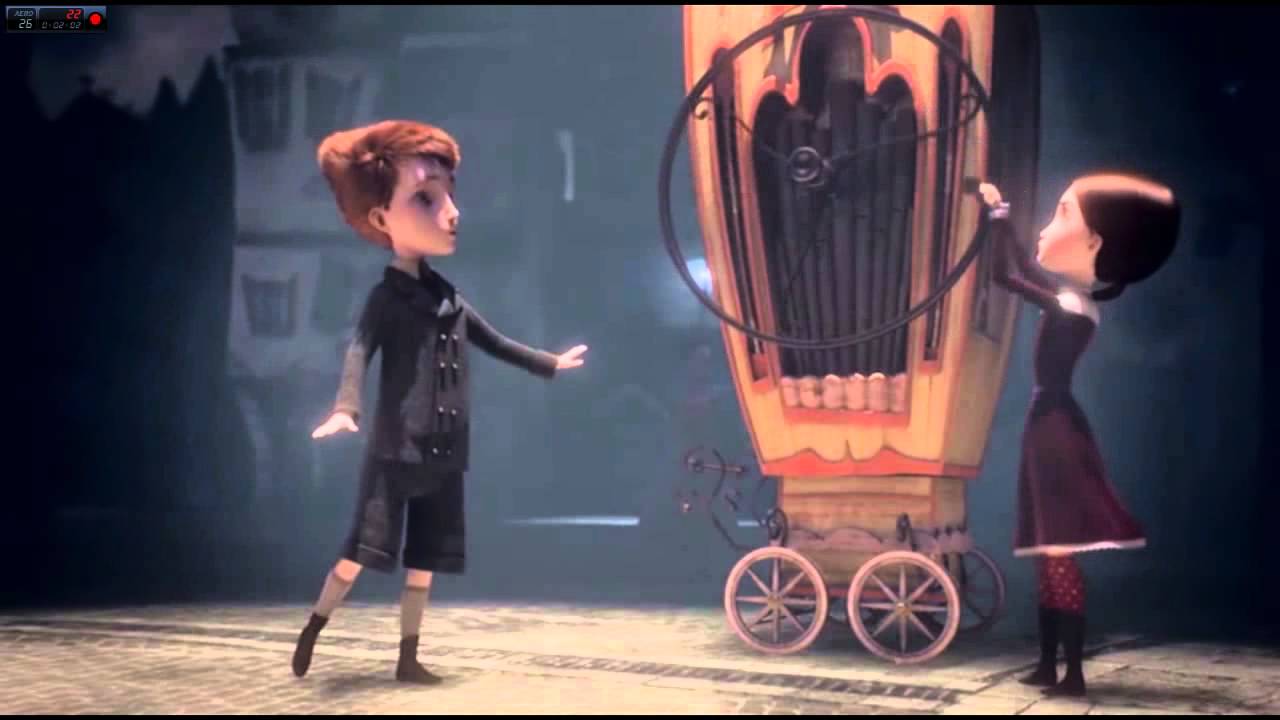
Comparing Love Stories: Jack and the Cuckoo Clock Heart vs. Prince Charming in Shrek
When we stack up Jack’s love story against that of Prince Charming from Shrek, the differences are stark yet enlightening. Prince Charming represents an ideal—someone polished, perfect, and practically swoon-worthy. On the flip side, Jack is ruggedly flawed, giving his tale a rawness that feels incredibly relatable. The fairy tale narrative is transformed from a polished exterior to an authentic, sometimes painful exploration of love.
Both tales probe the themes of transformation and love’s reality. In Shrek, it’s all about acceptance of inner beauty, while in Jack and the Cuckoo Clock Heart, things take a darker turn. Jack’s obsessive love drives him to experiment with his reality, testing the boundaries of what love should be versus what it is. His heart, quite literally a ticking time bomb, serves as a metaphor for the sacrifices we make in pursuit of someone we adore.
Moreover, Jack’s journey forces us to reevaluate what it means to surrender to desire, raising the question: How far is too far? It brutally exposes the darker side of love—the pain that can arise when we project our desires onto others without considering their needs. Here, the film straddles the line between romance and obsession, a timely reminder that love can often come with a hefty price tag.
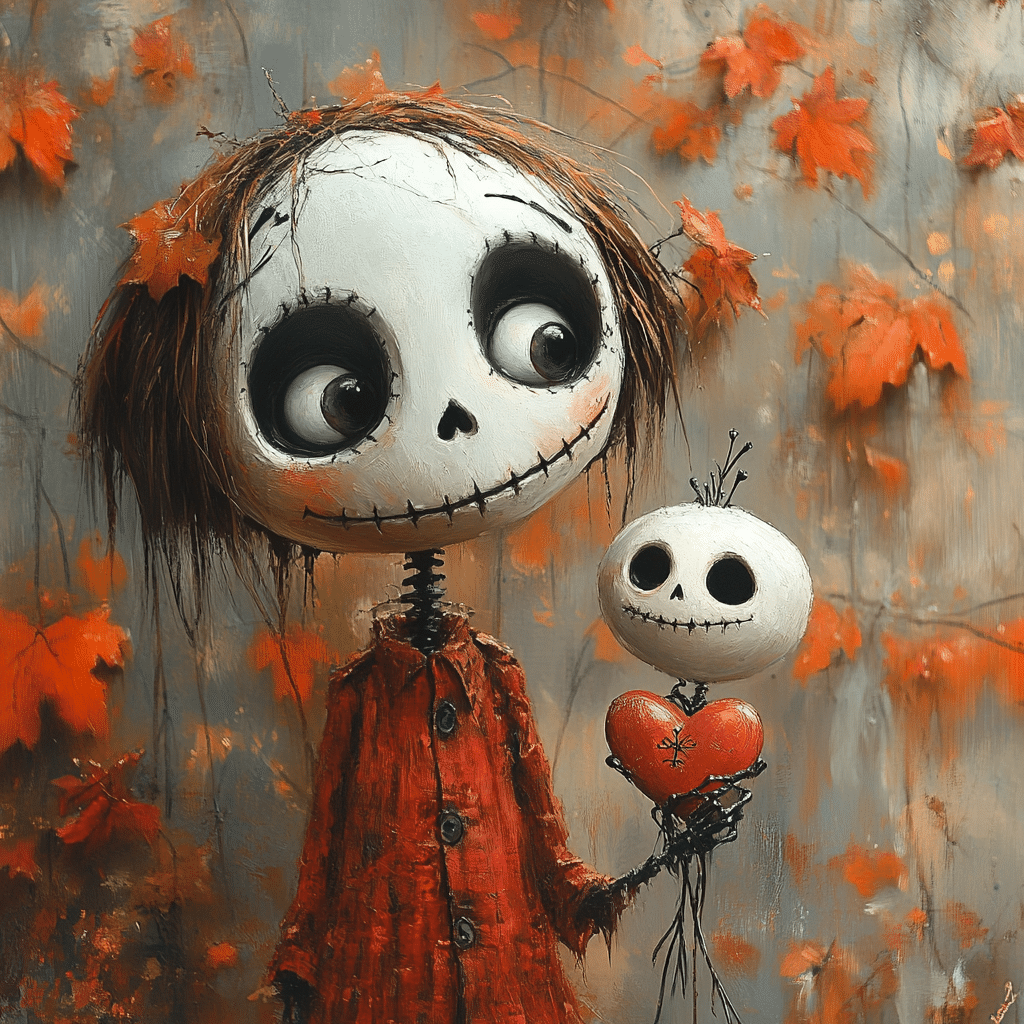
The Role of Music: Enhancing the Dark Love Narrative
As if the captivating visuals weren’t enough, Jack and the Cuckoo Clock Heart is graced with a hauntingly beautiful soundtrack, courtesy of the talented Dionysus (Mathieu Chedid). The music plays a vital role, wrapping itself around the narrative and enhancing the emotional weight of Jack’s journey. Just like the unforgettable tunes from The Nightmare Before Christmas, the melodies here amplify the film’s emotional tone, pulling the audience deeper into Jack’s tumultuous world.
Take the track “The Heart’s Cry,” for instance. This piece encapsulates Jack’s struggles—all the conflicting emotions of first love and the consequences of his choices. Each note resonates, echoing the sentiments of tender affection mixed with anguish. It’s as if the music narrates parts of the story that words could never quite capture, allowing viewers to feel Jack’s disappointments and triumphs on a visceral level.
The soundtrack serves as a character in its own right, paving the way for emotional breakthroughs and heartbreak alike. Music has an uncanny ability to evoke feelings and memories, acting as a powerful companion to Jack’s bittersweet expedition. It reminds us that the soundtrack of our lives often blends joy with sorrow, much like the film itself.

Visual Aesthetics: The Animation Style Reflecting Emotional Depth
The animation in Jack and the Cuckoo Clock Heart is nothing short of stunning. With its intricate artistry, the film immerses audiences in a world that oscillates between whimsy and foreboding. The muted colors serve as a canvas reflecting the somber themes, while vibrant hues burst onto the screen during pivotal moments—like when Jack and Miss Acacia cross paths—representing love’s brighter, exuberant sides.
Speaking of artistry, one can’t help but draw parallels with Coraline. Both films employ their striking animation to reveal the internal psychological states of the characters. This attention to detail invites viewers to experience the emotional rollercoaster that Jack endures, showcasing a visual narrative that resonates as deeply as the storyline itself. Each frame feels like a painting—a delicate balance between chaos and serenity.
What sets the visuals apart is their ability to speak volumes without uttering a single word. The juxtaposition of light and shadow echoes Jack’s struggle between joy and despair, perfectly encapsulating the complexities of love. The animation isn’t just a backdrop; it’s an ethereal expression of the characters’ innermost feelings.
Critical Reception: The Impact of Dark Love Stories in Modern Cinema
The critical reception of Jack and the Cuckoo Clock Heart has unearthed a fascinating appreciation for the darker narratives often sidelined by conventional romance films. Critics have lauded the film for its ability to weave gothic motifs into heartfelt storytelling. Just as Pan’s Labyrinth offers a dark fairy tale, this film dares to tackle themes like heartache, sacrifice, and obsession—a refreshing departure from the typical happy endings we often expect.
Audiences have reacted with enthusiasm, embracing the film’s exploration of love in a manner that’s both haunting and beautiful. In a time where cookie-cutter romances dominate the screens, Jack and the Cuckoo Clock Heart stands out by daring to address the messiness of love—its highs and lows, its bliss and torment. It bravely delves into emotional depths that many mainstream films shy away from.
As genres evolve, dark love stories continue to resonate, showcasing that they can engage viewers more profoundly than traditional narratives often can. The willingness to confront human emotions, regardless of their complexities, reinforces the notion that love stories don’t have to be fairy-tale perfect; they can be richly flawed, much like life itself.
Final Thoughts: Embracing the Complexity of Love
At its core, Jack and the Cuckoo Clock Heart resonates with audiences by masterfully blending whimsical storytelling, rich characterizations, and visually striking animation. It invites us to contemplate the intricacies of love and its inherent dualities—how it can heal and hurt, uplift and break us. In a world flooded with idealized romances, Jack’s journey serves as a poignant reminder that love’s beauty often lies in its imperfections, not unlike the ticking of his cuckoo clock heart: mesmerizing yet fragile.
So, whether you’re in the mood for a hearty laugh or a reflective exploration of dark love, this film delivers it all in spades. Jack’s chaotic journey may not mirror our own perfectly, but it drives home one undeniable truth: love, in all its glory and agony, is worth every tick of the clock.
Jack and the Cuckoo Clock Heart Offers Delightful Twists
The enchanting tale of “Jack and the Cuckoo Clock Heart” isn’t just a cinematic wonder; it’s packed with fascinating tidbits that keep audiences captivated. For instance, the story takes place in a fantastical version of Edinburgh, where the whimsical elements blend seamlessly with the darker themes of love and loss. This juxtaposition calls to mind Katherine Moennigs diverse roles, which often explore emotional depth amidst surreal circumstances. It’s fascinating to see how animated features can evoke similar feelings found in live-action performances.
Behind the Scenes Mystique
One thing that sets “Jack and the Cuckoo Clock Heart” apart is its stunning animation style, reminiscent of classic fairy tales but shadowed by a darker aesthetic. This unique blend of visuals connects to the nostalgia often evoked by a show like Sanford And Son, which also expertly balanced humor with deeper life lessons. The film draws viewers into a rich tapestry of music and animation, much like the joyful noise Dolly Parton brought to her iconic Playboy magazine shoot—it’s all about expression, right?
Love, Heartache, and More
The film explores love’s complexities through its charming yet tragic protagonist, Jack. Each character symbolizes different facets of heartbreak, making us ponder our own romantic journeys. Interestingly, Jack’s perpetual ticking clock implies constant subservience to time, a theme artfully mirrored in works like Ghost in the Shell 2: Innocence, which explores human emotion set against a backdrop of mechanization. As we delight in Jack’s adventures, we can’t help but reflect on our own experiences, much like when tuning into a new episode of Rwby Volume 10, where characters grow and evolve in their struggles.
In a film brimming with symbolism, the clock itself serves as a reminder of our battles against fate. It encourages viewers to embrace their quirks—something many can relate to, especially when considering the quirky personas that populate different worlds. The interplay of sound and vision invites comparisons to the appealing notes of Creed cologne, which leaves a lasting impression just like Jack’s journey through love and pain. So whether you’re diving into the mesmerizing world of “Jack and the Cuckoo Clock Heart” or just enjoying a Happy Friday, remember that every tale holds deeper meanings waiting to be discovered.
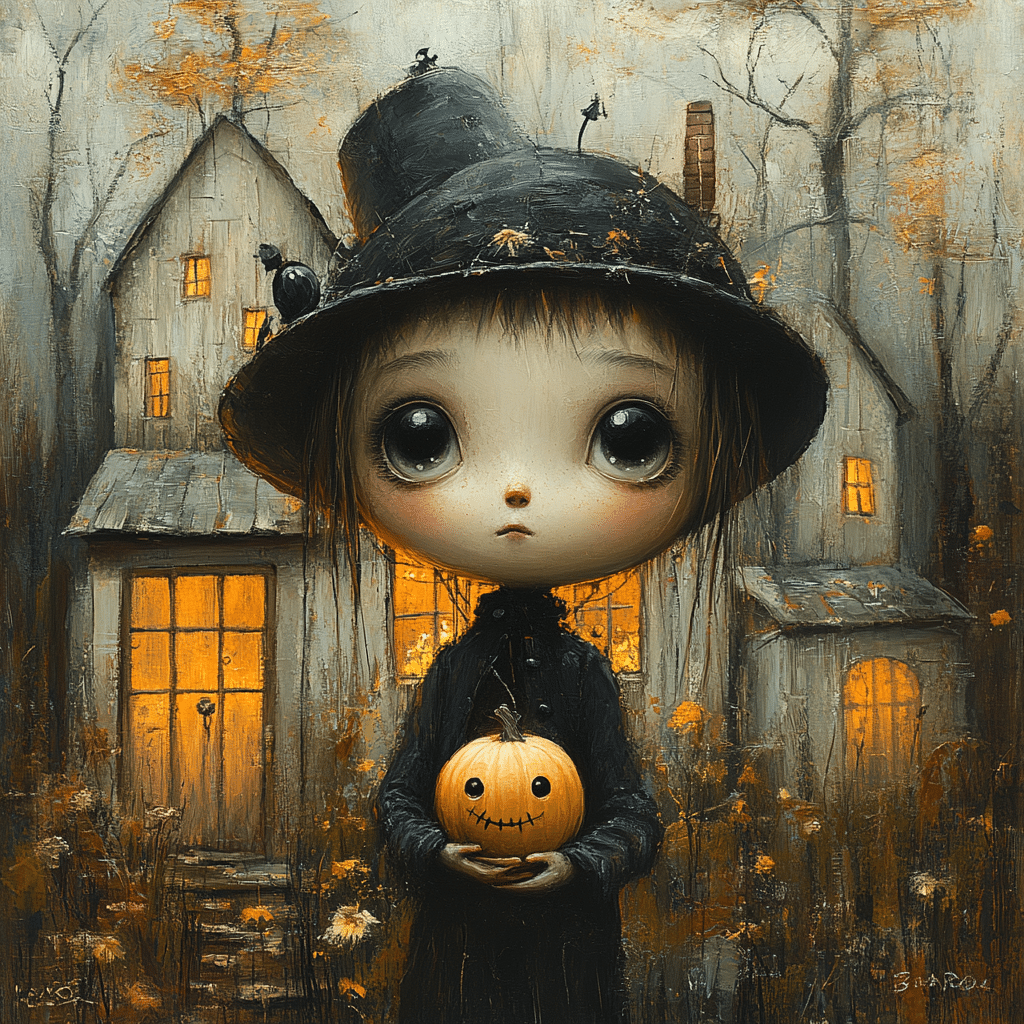
What is the meaning behind Jack and the Cuckoo Clock’s heart?
The meaning behind “Jack and the Cuckoo-Clock Heart” dives deep into themes of obsession and idealization. It shows how Jack’s desires for Acacia cloud his judgment and lead him to ignore the truth about their relationship, ultimately showcasing the pain that comes from viewing love through a distorted lens.
What happened to Jack from The Boy with a cuckoo clock Heart?
Jack’s story is one of tragic endings and choices. After a series of events, he finds himself overwhelmed by his own fantasies and, when confronted with reality, he chooses a path that leads to his demise, even rejecting a chance to change his fate.
What is the moral of Jack and the Cuckoo-Clock Heart?
The moral of “Jack and the Cuckoo-Clock Heart” is about the complexities of love and the risks that come with opening your heart. It suggests that while love can bring joy, it also brings pain, especially when driven by illusions and personal obsessions.
Was Anna pregnant in Jack and the Cuckoo-Clock Heart?
Yes, Anna is pregnant at the beginning of the film, but the story doesn’t clarify who the father of her child is, leaving that detail open to interpretation.
What does the ending of Jack and the Cuckoo-Clock Heart mean?
The ending of “Jack and the Cuckoo-Clock Heart” underscores the consequences of obsession and the difficulty of reconciling fantasy with reality. Jack’s choice to let go of life reflects a profound message about loss and surrender in the face of unattainable desires.
What does the cuckoo clock symbolize?
The cuckoo clock symbolizes the fragility and the mechanical nature of time, as well as how Jack’s life is controlled by external forces and rules, representing both his limitations and his struggle against them.
What were the three rules in Jack and the Cuckoo-Clock Heart?
Jack was warned to follow three rules: he couldn’t fall in love, he had to keep his temper in check, and he mustn’t touch his heart, all of which speak to the restrictions placed on him due to his unique situation.
Why was Jack the Ripper in Jack and the Cuckoo-Clock Heart?
Jack the Ripper appears as a character that adds a dark, gothic layer to the story, representing fear and chaos in contrast to Jack’s own internal struggles with love and obsession.
What happened to Madeleine in Jack and the Cuckoo-Clock Heart?
Madeleine, Jack’s mother figure in the film, tragically dies, serving as a pivotal moment that shapes Jack’s life and his later relationship with Acacia, reflecting the impact of loss on his ability to love.
What is Jack and the Cuckoo-Clock Heart based on?
“Jack and the Cuckoo-Clock Heart” is based on a novel by Mathias Malzieu, which tells a whimsical yet dark tale woven with magical realism and rich emotions that draw audiences into Jack’s world.
What happened to Miss Acacia in Jack and the Cuckoo-Clock Heart?
Miss Acacia’s fate is left somewhat ambiguous at the end of the film, but she continues on her path, influenced by her own aspirations and feelings, leaving viewers to ponder her journey after her time with Jack.
What is the cuckoo symbolic of?
The cuckoo generally symbolizes the passage of time and the unpredictable nature of love and life, serving as a reminder of the clockwork nature of Jack’s heart and the struggles he faces.
How old is Miss Acacia in Jack and the Cuckoo Clock Heart?
Miss Acacia is depicted as a young adult in the film; her exact age isn’t specified, but she carries an air of youthful complexity, adding depth to her character.
Is Jack and the Cuckoo Clock Heart a fairy tale?
Yes, “Jack and the Cuckoo-Clock Heart” has the feel of a fairy tale, but it’s a darker version that explores mature themes, making it resonate with both children and adults while exposing the nuances of love and obsession.
Why does Miss Acacia sprout thorns?
Miss Acacia sprouts thorns as a visual representation of the pain and defenses that can come with love and desire. They symbolize how one’s vulnerabilities can lead to protection mechanisms, often isolating them from connection.
